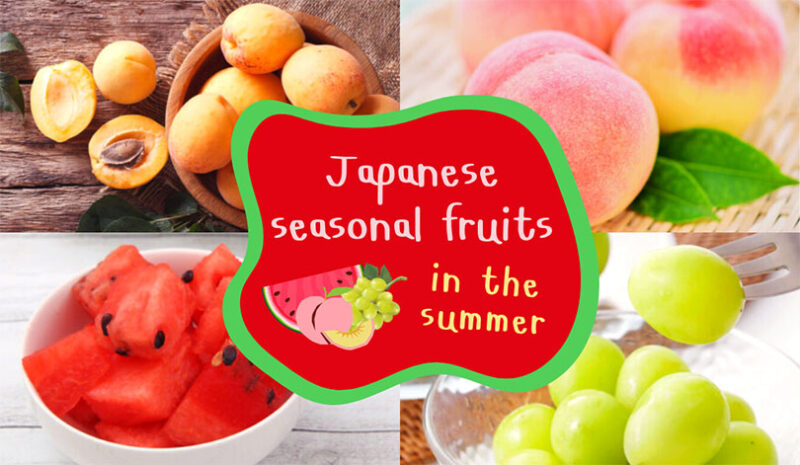5 wonderful Japanese flowers and their meanings
Jul 30, 2020
5 wonderful Japanese flowers and their meanings
In addition to its amazing sightseeing spots and top-notch gourmet, Japan is also famous for its beautiful local flowers.
There are a lot of wonderful flowers to see in Japan throughout the year, and those flowers have their own language, or called “hanakotoba” in Japanese.
Learning Japanese flower language will help you to appreciate the nature, art, and poetry of Japan more deeply.
Read on to learn about five wonderful Japanese flowers and their language.
Index
- Tsubaki (Camellia Japonica)
- Sasanqua (Camellia Sasanqua)
- Wisteria / Fuji (Wisteria Floribunda)
- Iris / Kakitsubata (Iris Laevigata)
- Lacecap Hydrangea / Gakuajisai (Hydrangea macrophylla f.normalis)
1. Tsubaki (Camellia Japonica)
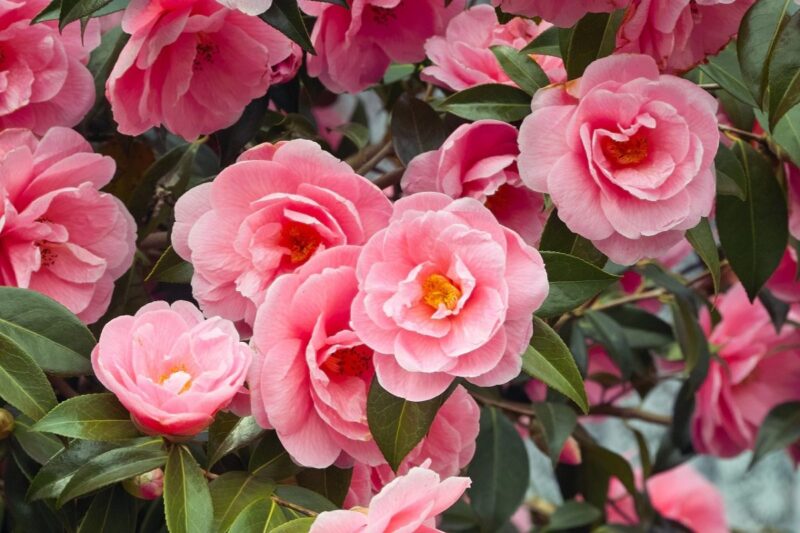
Tsubaki blooms in Japan during the winter to spring, with yellow stamen and pink petals.
Considered as one of the most important flowers in Japan, tsubaki is often used in traditional Japanese patterns.
The flower itself means “humility”, “discretion”, and “perfect love”.
2. Sasanqua (Camellia Sasanqua)

Resembles tsubaki a lot, sasanqua blooms from the end of autumn to the winter.
How the flowers wilt differs from sasanqua and tsubaki, and sasanqua’s wilt by one petal at a time.
The flower itself shares the same meaning with tsubaki.
3. Wisteria / Fuji (Wisteria Floribunda)
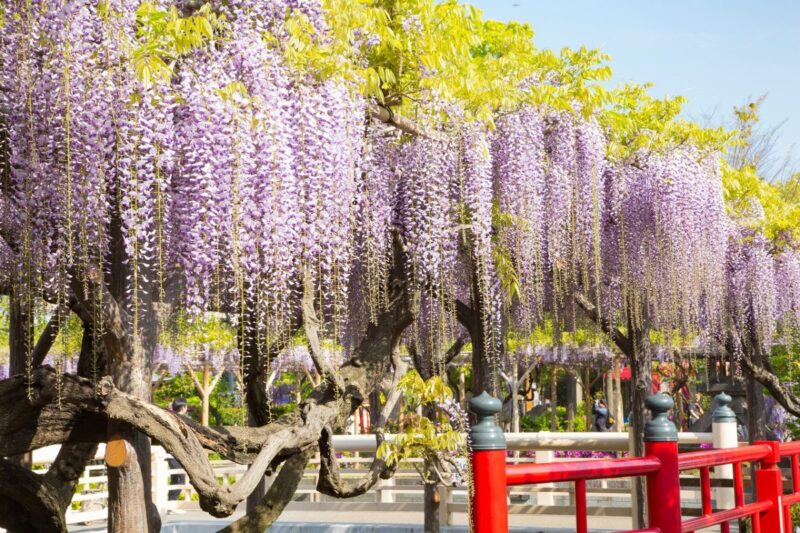
Wisteria, which is also called as Fuji in Japanese, has purple flowers that grow on woody, trailing vines.
Being one of the most popular spring flowers, wisteria is used in many spring motifs and patterns for traditional fashions like kanzashi and kimono.
Wisteria symbolizes “long-life”, “immortality”, and “nobility”.
4. Iris / Kakitsubata (Iris Laevigata)
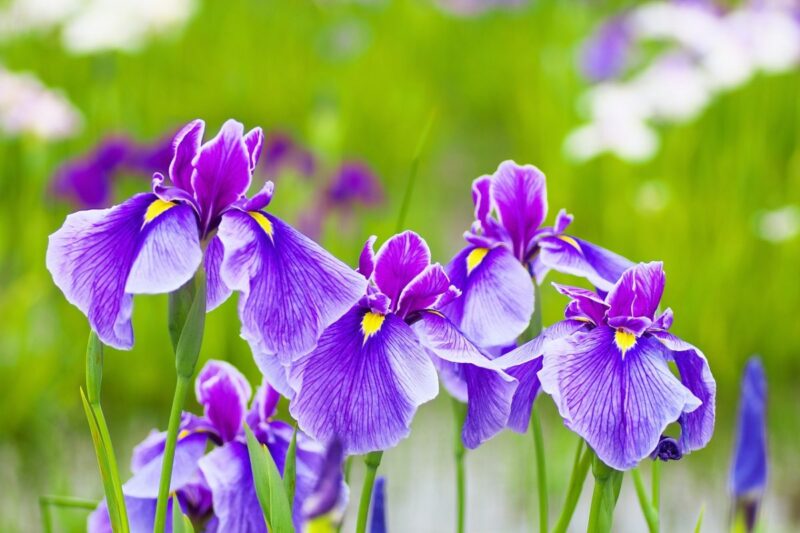
Japanese Iris, which is also known as “kakitsubata” in Japanese, blooms from late spring to mid-summer.
Featuring three bluish-purple petals and marked with strips of yellow that sprout from the middle, this flower symbolizes “good news”, “glad tidings”, and “loyalty”.
5. Lacecap Hydrangea / Gakuajisai (Hydrangea macrophylla f.normalis)
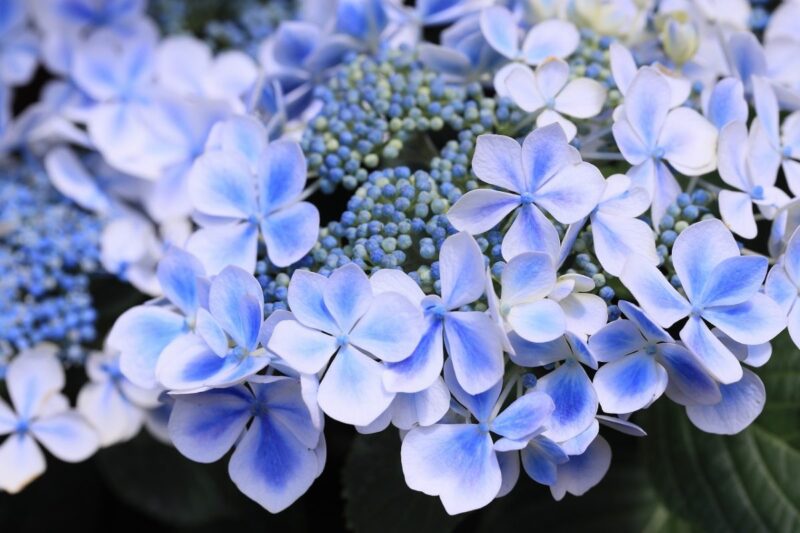
Unlike the ordinary hydrangeas, lacecap hydrangeas stand out because of the look of the flowers.
The small dots clustered are the flowers, and the petals surrounding the flowers are for decoration.
The Japanese name for this variety is “Gaku”, which literally means frame, and comes from the petals that look like they’re framing the flowers.
This flower symbolizes “apologies” and “gratitude”.
Read more articles
- Five spring flowers worth traveling Japan for
- What you need to know about spring traditions in Japan
- Finding your extraordinary experience with the 370-Year-Old Weeping Sakura of Asuwa Shrine

